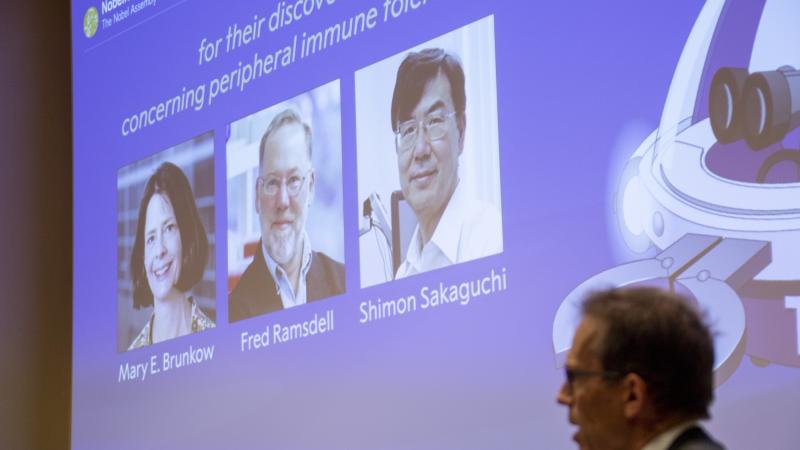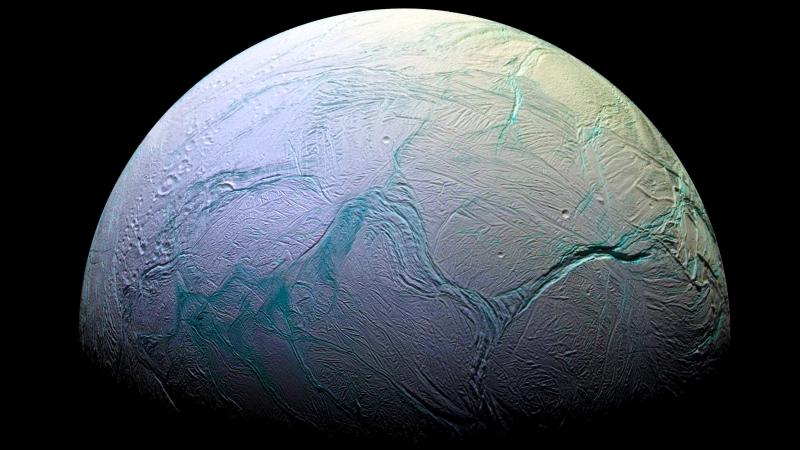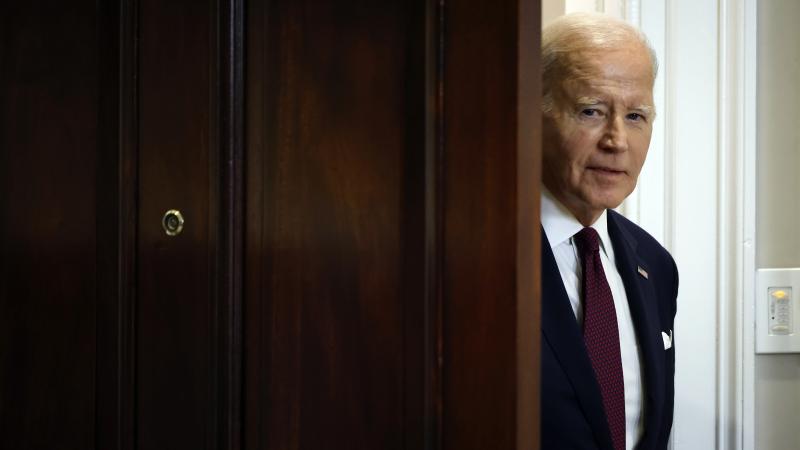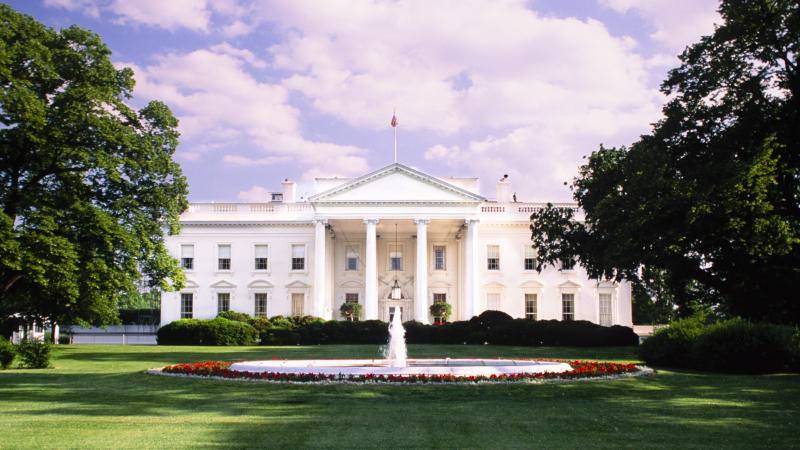Images from James Webb telescope capture thousands of young stars
The stellar nursery of 30 Doradus includes thousands of previously unviewed developing stars
The James Webb Space Telescope has captured high-resolution images of the Tarantula Nebula, a region that includes a plethora of developing stars.
The stellar nursery of 30 Doradus includes thousands of previously unviewed developing stars and is the brightest star-forming region among the galaxies closest to our own, according to Space.com. The nebula derives its nickname from its spider-like appearance.
Image

Tarantula Nebula
NASA, ESA, CSA, STScI, Webb ERO Production Team
The Webb telescope launched on Christmas Day in 2021 and has since become the source of vivid images of celestial bodies, helping to advance NASA research and that of the wider scientific community.
NASA revealed the first images from the telescope in July of this year, declaring the "dawn of a new era in astronomy." The telescope, however, suffered a 'significant uncorrectable' hit from an asteroid in that same month, but has survived and gone on to produce additional celestial images, including that of a rare "cartwheel galaxy" in August, which formed from the collision of two galaxies roughly 500 million years ago.
"The galaxy, which was presumably a normal spiral galaxy like the Milky Way before its collision, will continue to transform," NASA said of the find. "While Webb gives us a snapshot of the current state of the Cartwheel, it also provides insight into what happened to this galaxy in the past and how it will evolve in the future."















